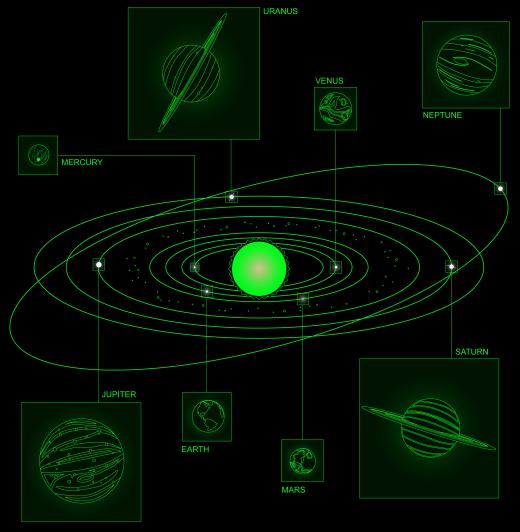What is New Horizons?
 Michael Anissimov
Michael Anissimov
New Horizons is the first space probe sent to directly observe the frigid dwarf planet Pluto and its moons Charon, Hydra, and Nix. Pluto is a Kuiper belt object, a member of the diffuse asteroid belt beyond the orbit of Neptune, which also includes the dwarf planet Eris. Depending on what scientists decide, they might also approve a flyby of other Kuiper belt objects.
New Horizons was launched on 19 January 2006. It passed Jupiter on 28 February 2007 and is expected to arrive at Pluto in July 2015. Pluto's eccentric orbit puts it between 30 and 49 AUs (Earth-Sun distances) away from the Sun. By comparison, Jupiter is only about 5.5 AUs from the Sun. When New Horizons passes by Pluto, it will continue out of the solar system at escape velocity, becoming the fifth craft to do so, following Pioneer 10, Pioneer 11, Voyager 1, and Voyager 2.

New Horizons is the first mission in NASA's new Fronter Missions category, which are larger and more expensive than Discovery programs but less than flagship programs, such as the moon launch. Another upcoming Frontier Mission is Juno, an orbiter to be sent to study Jupiter's magnetic field and atmospheric composition.
When it was launched, New Horizons only took nine hours to pass lunar orbit. With an Earth-relative velocity of 16.21 km/s (36,260 mph) when its last stage shut down, New Horizons was the fastest spacecraft launch yet. Using a Jupiter gravity assist, the spacecraft was accelerated by a factor of 4 km/s (8,947 mph), and sent on a trajectory inclined 2.5 degrees to the ecliptic. This is necessary because Pluto's eccentric orbit puts it substantially above the ecliptic at times, unlike the solar system's true planets.
On 21 September 2006, the first images of Pluto were taken by New Horizon's Long Range Reconnaissance Imager (LORRI). These images are essential because navigating to distant Kuiper belt objects demands great precision and adequate information. In 2011, New Horizons will pass the orbit of Uranus, and in 2014, Neptune. In 2015, if all goes according to plan, New Horizons will fly within 10,000 km (6,200 mi) of Pluto and 27,000 km (16,800 mi) of its largest moon, Charon.
AS FEATURED ON:
AS FEATURED ON:











Discuss this Article
Post your comments